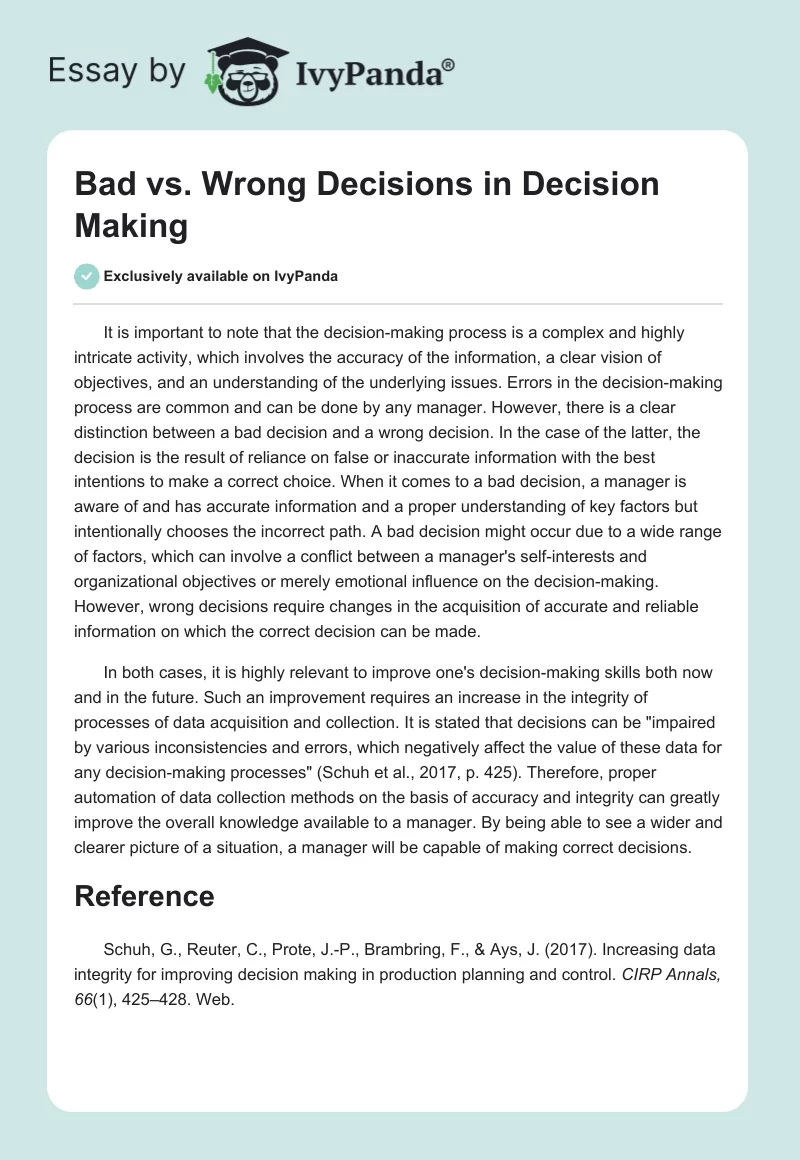Poor Decision Making In Business Examples

In the high-stakes world of business, where fortunes are made and lost with each strategic move, the consequences of poor decision-making can be catastrophic. From overlooking critical market trends to mismanaging finances and fostering toxic work environments, blunders in judgment can cripple even the most established organizations. The ripple effects extend beyond the boardroom, impacting employees, shareholders, and entire communities.
This article delves into several prominent examples of poor decision-making in business, examining the missteps that led to significant downturns. By analyzing these failures, we aim to identify common pitfalls and provide insights for leaders seeking to navigate the complex landscape of modern business.
The Quibi Debacle: A Short-Form Streaming Fiasco
Quibi, the short-form video streaming service launched in 2020, stands as a stark reminder of the perils of misjudging market demand. Founded by industry veterans Jeffrey Katzenberg and Meg Whitman, Quibi aimed to revolutionize mobile entertainment with high-quality, bite-sized content.
The service garnered significant investment, but its fundamental flaw was its premise: that people would pay to watch content designed solely for on-the-go viewing. The platform failed to resonate with consumers, particularly during the COVID-19 pandemic when many were confined to their homes.
Lack of foresight into changing consumer behavior, combined with a rigid content strategy, doomed Quibi to an ignominious end just six months after its launch. The shutdown resulted in staggering losses for investors, including major studios and tech giants.
Kodak's Missed Digital Opportunity
Kodak, a name synonymous with photography for over a century, serves as a cautionary tale of innovation failure. Despite inventing the digital camera in 1975, Kodak executives failed to fully embrace the digital revolution. The leadership hesitated to cannibalize its lucrative film business.
This reluctance to adapt to the changing landscape allowed competitors like Sony and Canon to seize the digital market. Kodak, weighed down by legacy costs and a dated business model, eventually filed for bankruptcy in 2012. Kodak became a powerful symbol of the dangers of complacency and shortsightedness.
The company's failure to recognize and capitalize on its own innovation illustrates the importance of adapting to technological advancements and embracing disruption, even if it means challenging established norms.
WeWork's Inflated Valuation and Leadership Issues
WeWork, the shared workspace provider, experienced a meteoric rise followed by a spectacular fall, largely attributed to poor leadership and unsustainable growth strategies. Under the leadership of Adam Neumann, WeWork prioritized expansion over profitability, burning through billions of dollars in venture capital.
Neumann's erratic behavior and questionable financial dealings raised concerns among investors and ultimately led to his ouster. The company's initial public offering (IPO) was withdrawn after scrutiny of its business model and corporate governance revealed serious flaws.
WeWork's story highlights the risks associated with unchecked ambition, inflated valuations, and a lack of financial discipline. It also underscores the importance of ethical leadership and sound corporate governance in building sustainable businesses.
Boeing 737 MAX: Safety Compromised
The Boeing 737 MAX crisis is a tragic example of prioritizing profits over safety. The aircraft experienced two fatal crashes in 2018 and 2019, claiming the lives of 346 people. Investigations revealed that a faulty flight control system, known as MCAS, was a primary cause.
Boeing faced accusations of rushing the aircraft to market without adequate testing and training. The company also allegedly downplayed the risks associated with MCAS to regulators. The 737 MAX was grounded worldwide, resulting in billions of dollars in losses and significant reputational damage for Boeing.
The 737 MAX saga serves as a stark reminder of the ethical responsibilities of businesses, particularly in industries where safety is paramount. It highlights the importance of transparency, accountability, and prioritizing the well-being of stakeholders over short-term financial gains.
Moving Forward: Lessons Learned
These examples illustrate that poor decision-making in business can stem from various factors, including a lack of foresight, resistance to change, flawed leadership, and ethical lapses. Organizations can mitigate these risks by fostering a culture of critical thinking, embracing innovation, prioritizing ethical conduct, and remaining attuned to the needs of their customers and stakeholders.
By learning from past mistakes, businesses can build resilience and navigate the complexities of the modern business landscape more effectively. Transparency, accountability, and a commitment to continuous improvement are essential for long-term success.
Ultimately, the key to sound decision-making lies in fostering a culture where diverse perspectives are valued, risks are carefully assessed, and ethical considerations are always at the forefront.

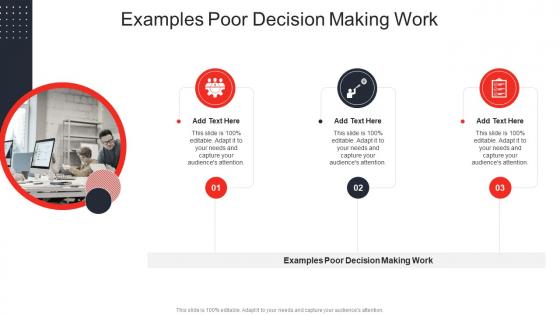


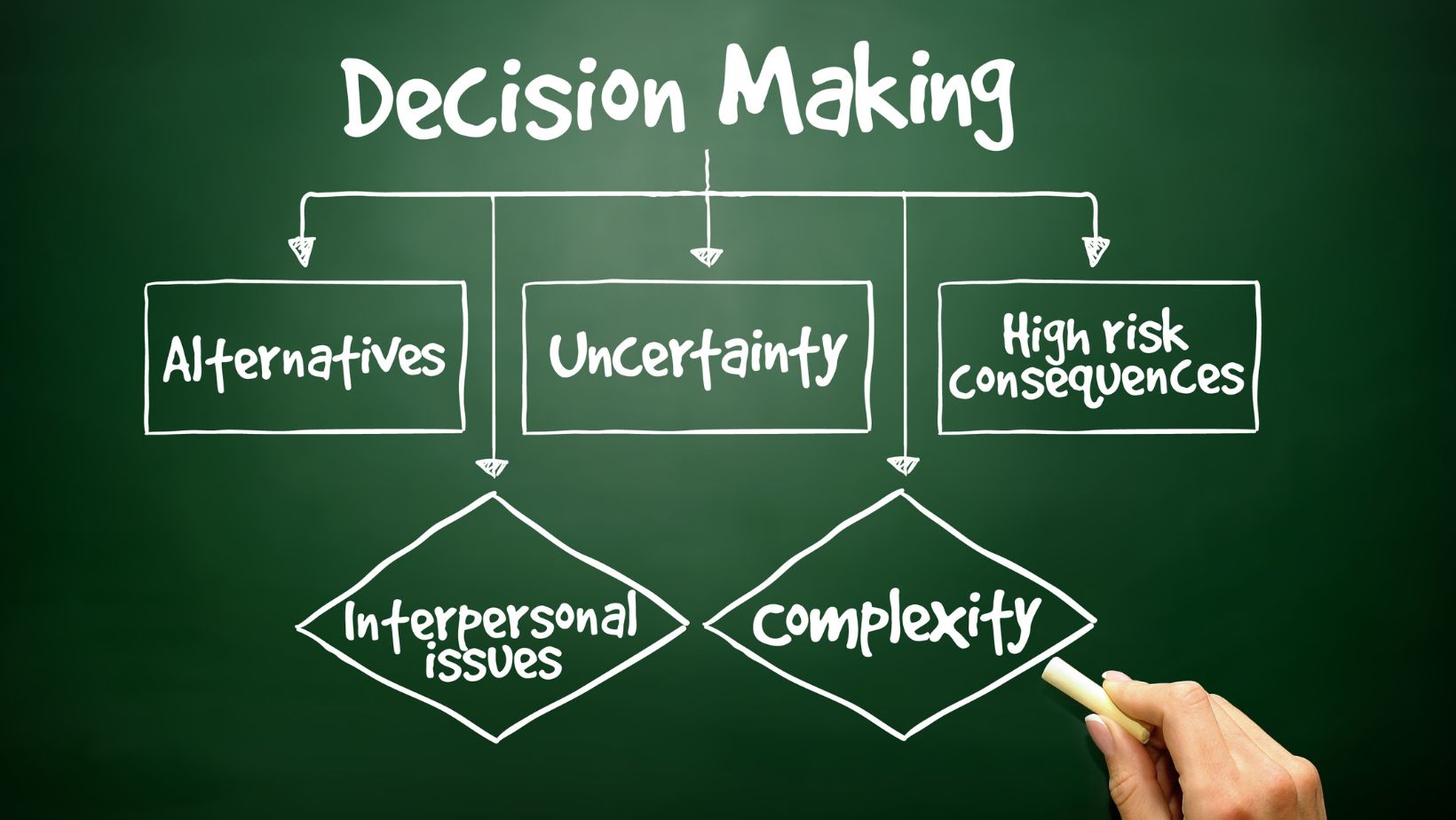



-2.png?width=776&height=837&name=MicrosoftTeams-image (19)-2.png)
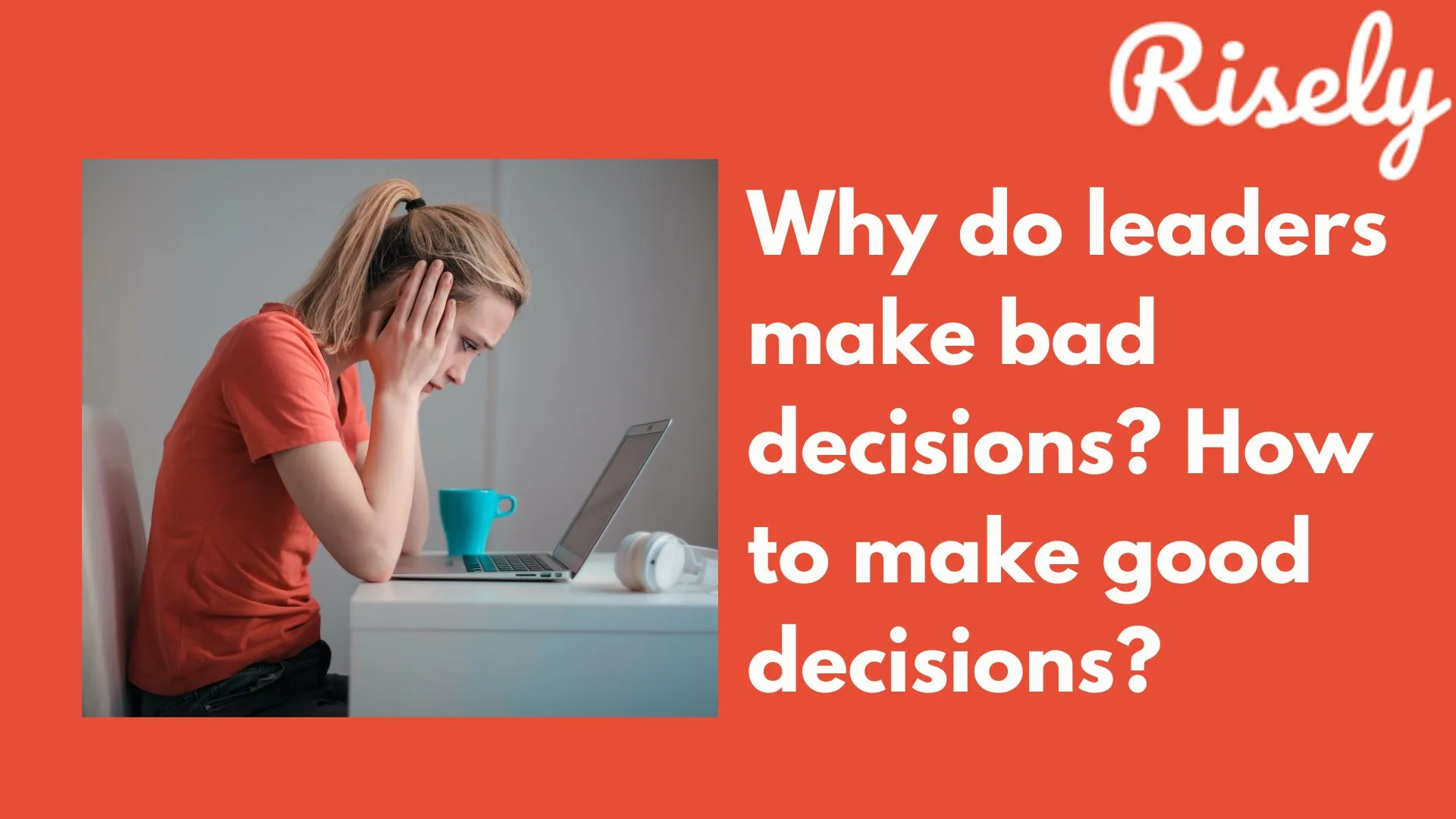

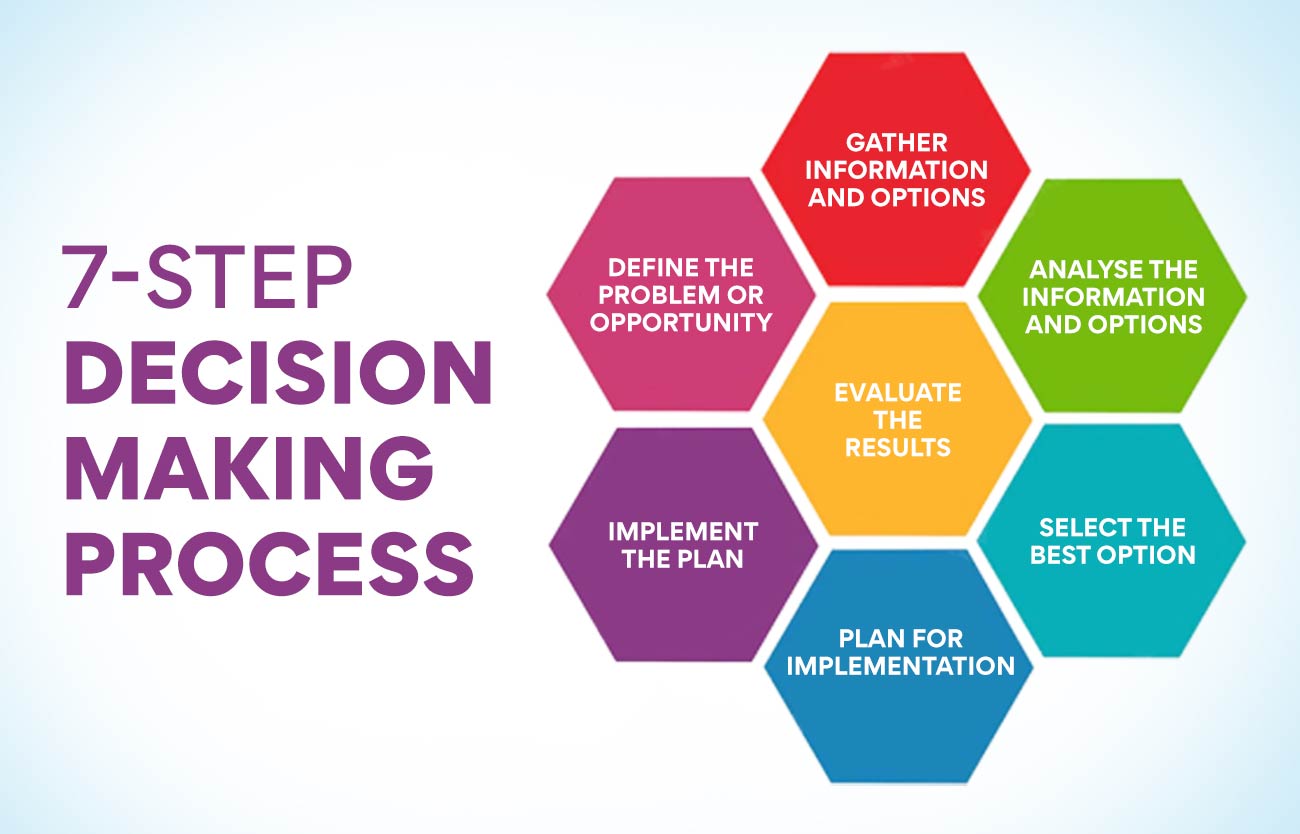

:max_bytes(150000):strip_icc()/decision-making-skills-with-examples-2063748-FINAL-5bad43d946e0fb002688e130.png)
